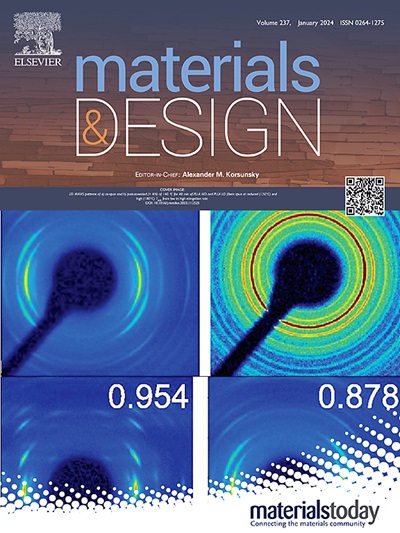PiezoSight: Coupling vision based tactile sensor neural network processing and piezoresistive stimulation for enhanced piezo-vision hybrid sensing
IF 7.6
2区 材料科学
Q1 MATERIALS SCIENCE, MULTIDISCIPLINARY
引用次数: 0
Abstract
Vision-based tactile sensors (VBTS) have become ubiquitous in robotics for contact and touch measurements due to their minimal instrumentation costs and exceptional high-resolution feedback. However, in the literature, VBTS often suffers from the requirement of extensive calibration and is limited to a specific range of forces. Recent advances in flexible, sensitive, and robust sensors have presented high potential for excellent use cases in robotics applications. The integration of graphene in piezoresistive sensors opened new horizons for such applications. This study presents PiezoSight, an encapsulated graphene-soaked textile in a stretchable elastomeric structure integrated with a VBTS. Piezosight overcomes VBTS weaknesses so that from the piezoresistive graphene textile, PiezoSight can detect a wide range of forces for robotic perception applications, varying from tiny forces for a soft touch and slip detection starting at 0.01 N up to an elevated force of 8 N. From VBTS, PiezoSight can infer high-resolution information, such as the direction of the contact measurements. Piezosight can sustain 10000 cycles with different compression rates at a strain of 40% with sensitives at 0.09 kPa-1. A machine learning LSTM model was used to train the data for different designs for using such sensors in unsupervised environments.

求助全文
约1分钟内获得全文
求助全文
来源期刊

Materials & Design
Engineering-Mechanical Engineering
CiteScore
14.30
自引率
7.10%
发文量
1028
审稿时长
85 days
期刊介绍:
Materials and Design is a multi-disciplinary journal that publishes original research reports, review articles, and express communications. The journal focuses on studying the structure and properties of inorganic and organic materials, advancements in synthesis, processing, characterization, and testing, the design of materials and engineering systems, and their applications in technology. It aims to bring together various aspects of materials science, engineering, physics, and chemistry.
The journal explores themes ranging from materials to design and aims to reveal the connections between natural and artificial materials, as well as experiment and modeling. Manuscripts submitted to Materials and Design should contain elements of discovery and surprise, as they often contribute new insights into the architecture and function of matter.
 求助内容:
求助内容: 应助结果提醒方式:
应助结果提醒方式:


